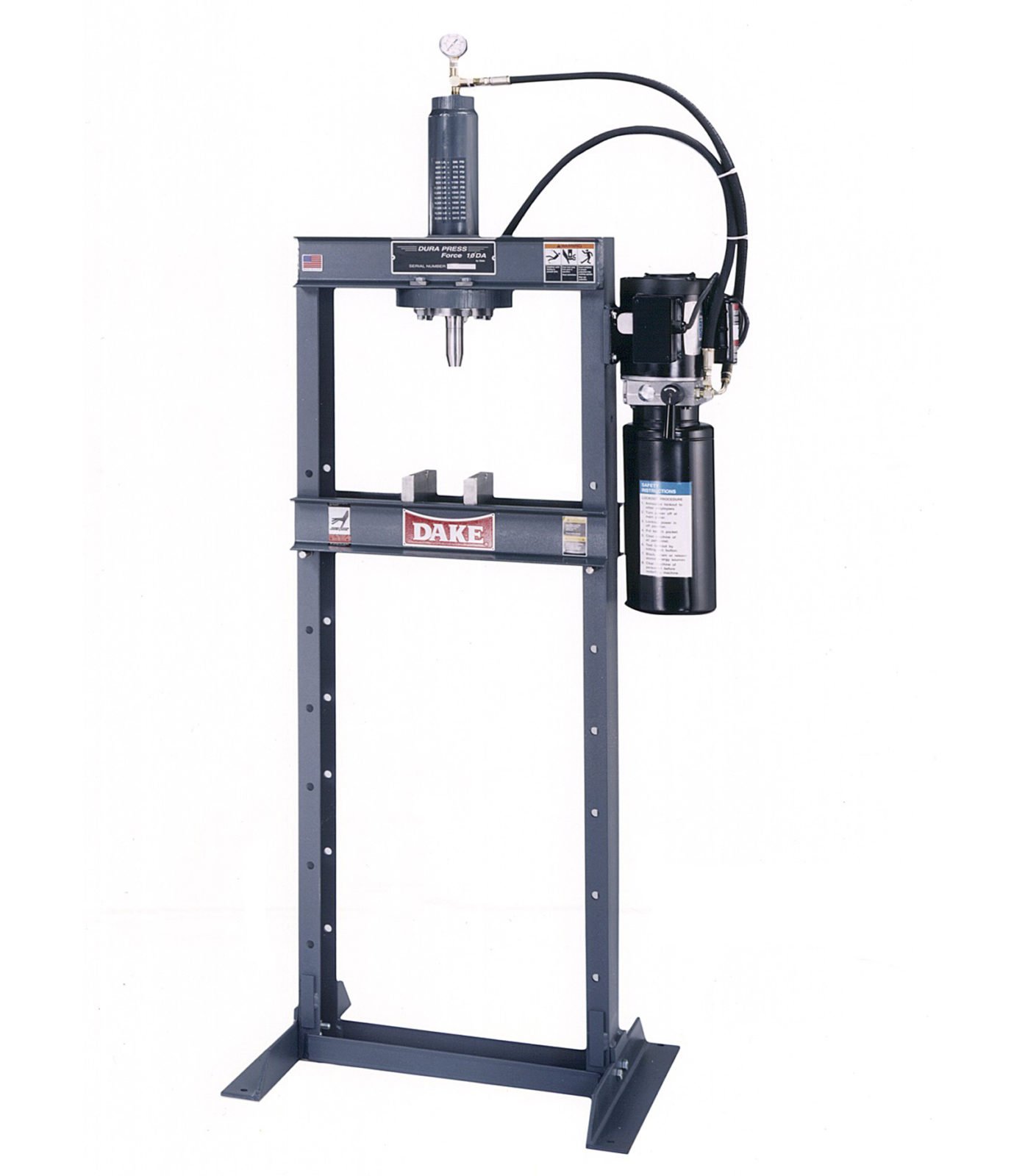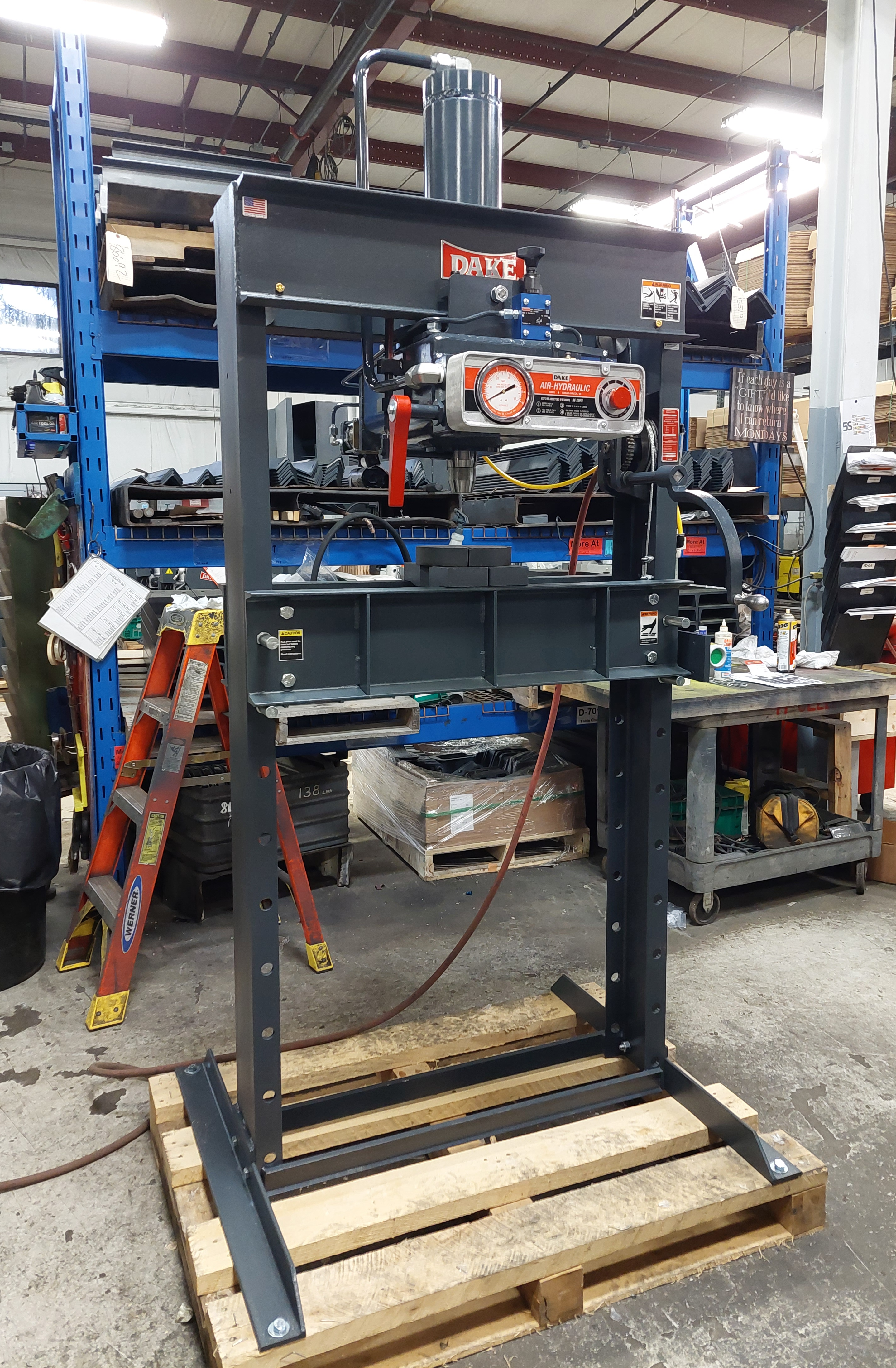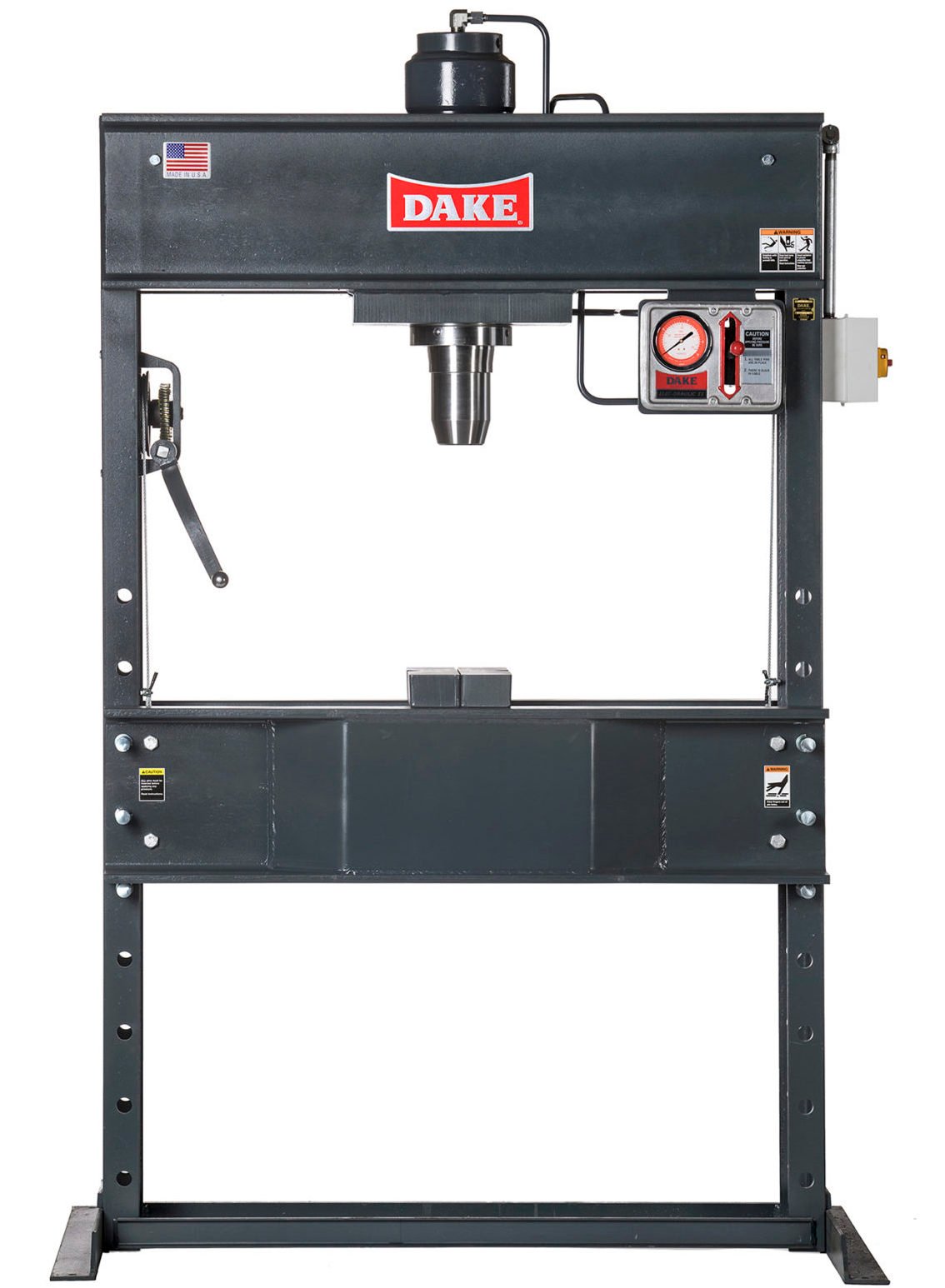Hydraulic presses are some of the most ubiquitous machines in the industrial world. Numerous businesses use them for forming metals in manufacturing car parts, making appliances, and building aircraft. You will find them crushing cars, loading military shells, and compressing the particulate matter that makes up ceramics.
Despite the simplicity of the hydraulic press, it is versatile, repeatable, and accurate. Any task involving high pressure over a relatively small area is the perfect application for the hydraulic press.
Here are ten reasons why most manufacturers should own one:
Full tonnage throughout the power stroke
The hydraulic press delivers full pressing force at any point in the stroke. That is in contrast to mechanical presses that only develop full force near the bottom of the stroke.
One of the advantages is that it allows the operator to control several job parameters that include pressure, travel distance, and return position. Other benefits are faster set-ups while eliminating the need to adjust the stroke nuts on the slide to accommodate various dies.
Built-in overload protection
A 100-ton hydraulic press will exert only the amount of pressure for which you have it set (up to a maximum of 100 tons of pressure). You never have to worry about breaking the press or an expensive die.
Even if you make an error in set-up, once the press reaches its pressure limit, the relief valve opens and prevents any danger of overloading.
Lower costs
Hydraulic presses are relatively simple with few moving parts, which are lubricated by pressurized oil. They seldom break down, and when they do, repairs are typically minor and inexpensive.
Not only that, but your maintenance crew can replace the worn parts without tearing down the machine. Affordable repair parts and fewer labor hours mean lower costs.
Another saving: Since you can set the press's pressure to suit the job and tooling, there is little risk of damaging your expensive tooling.
Quieter
With fewer moving parts and no flywheel, hydraulic presses operate at lower noise levels than mechanical presses. Even when the pump is under full pressure, the pumping units meet and exceed current Federal standards for noise when mounted properly.
Another consideration: Since the operator controls each phase of the ram movement, the noise is also controlled. As a result, the hydraulic ram passes through the work slowly and quietly.
Greater versatility
A hydraulic press performs a wide variety of jobs within its tonnage range. Some of the most common operations include metal forming, press fits, straightening, bending, broaching, transfer molding, and shell reductions. Other capabilities are plastic and rubber compression, ball sizing, abrasive wheel forming, and deep draws.
These are just some of the most recognizable jobs that a hydraulic press can handle, but the possibilities for these highly-versatile machines are almost endless.
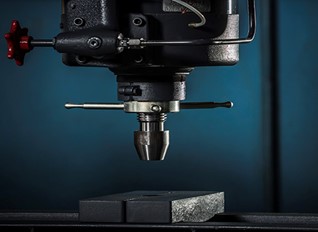
What hydraulic presses can do for you. Photo Credit: Dake Corp
Less floor space required
Hydraulic presses consume around 50% less floor space than mechanical presses. They have made their mark by generating a higher amount of pressure over a smaller surface area, so it stands to reason they would take up less room.
A typical 200-ton hydraulic press is ten feet high, nine feet deep, and a little over three feet wide—a small footprint for such a powerful machine.
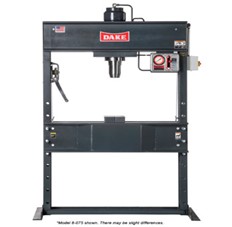
The Dake Elec-Draulic II 150-Ton Hydraulic Press with a footprint of only 66" x 42."
Longer tool life
Hydraulic press tooling is designed to fit the application, not a particular press. As mentioned earlier, hydraulic relief valves incorporated into the hydraulic circuits prevent the press from exceeding the set pressure. The overload protection minimizes impact, shock, vibration, and other stresses on the tooling, promoting longer tool life.
Better control
The extensive power of a hydraulic press is always under control. The ram force, speed, direction, duration of pressure dwell, and force release are all adjustable for each specific job.
Operators can control the ram to approach the piece rapidly, then slow down before contacting the workpiece. They can also dial back the pressure when working with lighter dies. All of these advantages lead to longer tool life and safer operations.
Safety
While no press, either hydraulic or mechanical, is entirely safe, they are designed and manufactured to be safe when used correctly. The most prominent safety factor in hydraulic presses is the operator's ability to control them.
Other safety features include the non-tie down, anti-repeat, dual palm button controls (see photo below), which keeps hands away while the die is closing.
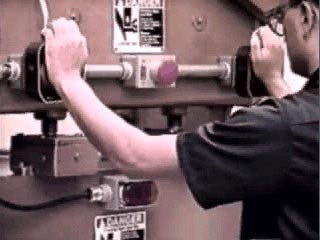
Safety Feature: Two-hand controls on a hydraulic press. Photo credit: OSHA
Larger capacities at lower cost
It is easier and less expensive to buy different kinds of capacity in hydraulic presses. Stroke lengths of 12, 18, and 24 inches are standard, while extra stroke lengths are easy to provide. An open gap can be added at minimal additional cost.
Also, larger table areas, along with smaller presses with significant bed areas, are available. You can also get 200-ton presses with relatively small beds. The tonnage of the hydraulic press doesn't always dictate what the bed size will be.
Check out our line of hand-operated, air-operated, and electrically-operated presses
Our heavy-duty hydraulic presses make short work of your straightening, fabrication, quality control, maintenance, product testing, bending, forming, punching, assembly, and shearing tasks. Dake has been manufacturing H-frame hydraulic presses since the 1940s, so that you can trust their quality.
To find out more, fill out our contact form, call us at 1-800-937-3253, or email us.
-1.jpg?width=1200&height=525&name=DAKE003_%20Logos_Red%20(002)-1.jpg)

